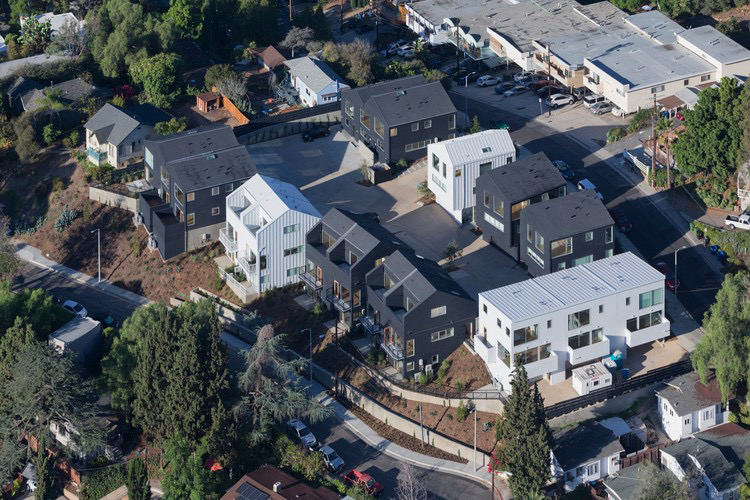Part 3, Solving the Housing Crisis, Issue 47

Targeted Housing desperately needed! So, here’s an idea! We will tie the supply of social, affordable, and family housing to private development by applying quotas. And then, we will spend years negotiating development agreements in a process that gives uninformed NIMBYs too much influence. Despite best intentions, the plan and process results in long delays for desperately needed Targeted Housing.
The quota system is a self defeating initiative. It is just another example of governments wanting to fix housing problems by regulation. Developers already face a growing number of regulatory bodies and spider webs of complication before being able to bring a project on stream. Five year (or longer) delays in reaching development agreements are common. Project delays equal supply delays. And, supply shortage is the root cause of the housing crisis.
Some Needed Definitions:
Targeted Housing means social, affordable, and family housing
Up-zoning or to up-zone means the process of increasing zoning density, typically to allow development of multi-family units on residential lots.
The Missing Middle, a term coined by Opticos Design that refers to the whole spectrum of homes in between single-family houses and large apartment buildings. This includes duplexes, triplexes, fourplexes, small-scale apartment buildings with a handful of units, cottage courts, etcetera.

De-Regulate
Eliminate exclusionary single-family zoning.
This has become a growing trend in the United States. It requires political courage. The Biden infrastructure plan if approved will provide grants to those jurisdictions that up-zone. This is not an initiative effective on a neighbourhood by neighbourhood basis. It has to be province or state wide. Otherwise, land prices increase disproportionally in the up-zoned areas. This is a critical initiative for development of the Missing Middle.

Eliminate Targeted Housing quotas
Do not apply Targeted Housing quota systems to new development. Private developers will spend significant time and money in an attempt to incorporate various targets. Then, regulators provide their comments, frequently based on subjective reviews. Developers revise plans and a new round of negotiations begins.
Make it simple. Apply a per unit development fee to support Targeted Housing. Those development fees must be used exclusively for land acquisition and funding of Targeting Housing initiatives. The higher the cost of the developed unit, the higher the development charge. This approach can be rule-based and provide certainty.

Eliminate Uncertainty
“As of Right” development rights have to be reliable. I find it absolutely appalling that municipal politicians feel it is:
- OK to acknowledge that a developer has proposed an “As of Right” project and then,
- Deny project approval because they are unhappy with their own rules or because of electoral considerations.
Conversely, if a developer tries to negotiate change to pre-existing limitations, it should be entirely at the developers risk.
Simplify height, density, and other land-use requirements. Despite up-zoning, not every new building has to be high-rise. By way of example, it is fine to restrict development in a certain area to say forty feet. High-density, low rise neighbourhoods are among the most dynamic in urban communities. Think of Montréal’s Le Plateau, Paris, walk-up flats in New York City, and numerous areas in London. Theses neighbourhoods support walkable retail and restaurant ecosystems.
Limit public consultations to the development of urban plans. Once completed, giving a self-interested (or should I say selfish) public the opportunity to contest every project is an affront to urban planning professionals representing developers and municipalities. Nobody questions the beauty of Paris as conceived by Georges-Eugène Hausmann. He had Napoleon III to manage the NIMBYs.
Targeted Housing Desperately Needed
Regulatory simplicity, certainty, and commitment to expediency are key to an increase in the housing supply. Uncertainty and delay are the enemies. Development delayed is affordable housing delayed. There is no time to waste. Targeted Housing desperately needed!
Meeting the Targeted Housing Challenge :
- Part 1: Set ambitious objectives
- Part 2:Control the land
- Part 3: De-regulate
- Part 4: Develop and Finance





